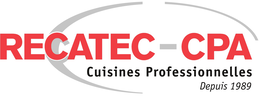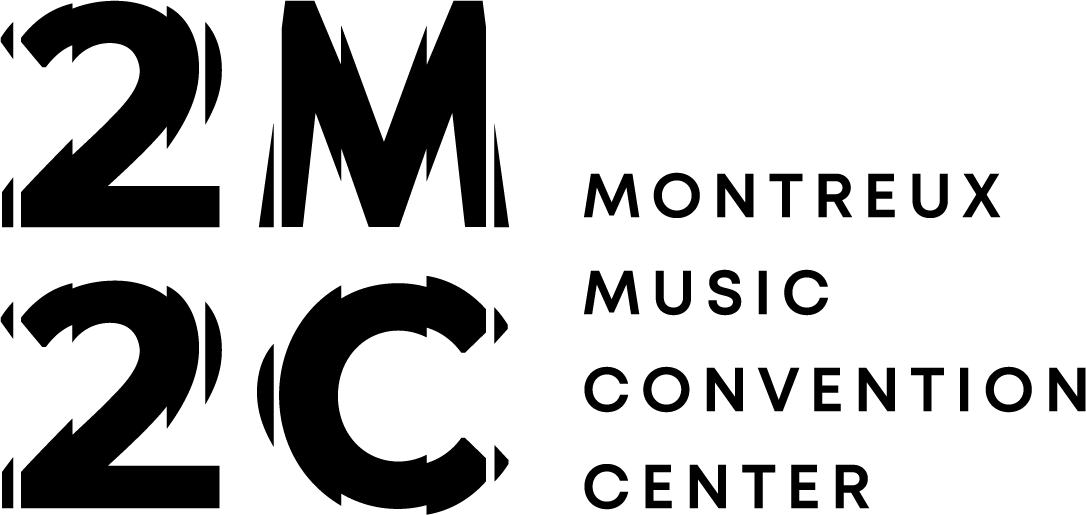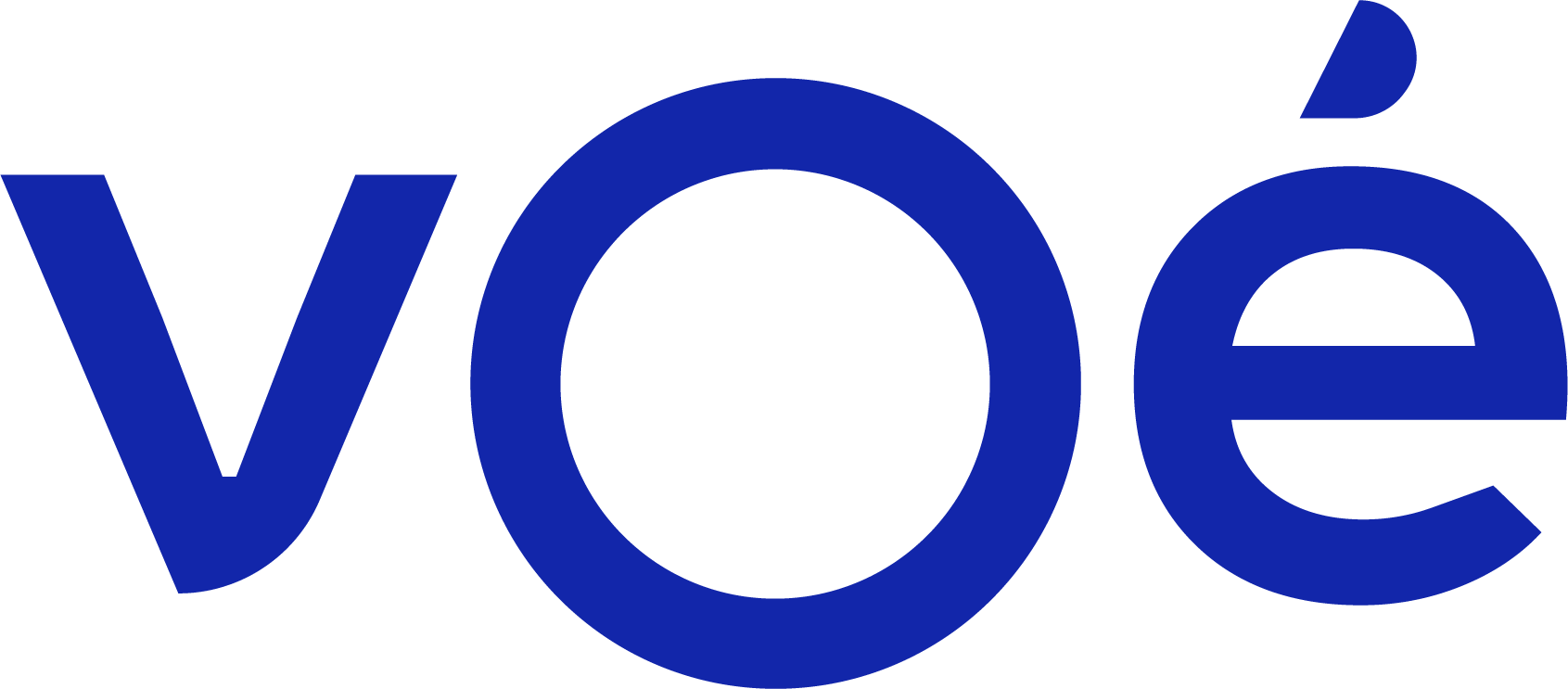If you are over 58, you can maintain the same pensionable salary as when you were working full-time. If you are under 58, or if you are already working part-time, your pensionable salary will be based on 80% of your full-time salary. Depending on your personal situation, you can make up for the loss in pension savings by making voluntary contributions.
Both voluntary contributions to your occupational pension and contributions to your private pension are tax-deductible. In 2023, it was possible to deduct up to CHF 7,056 for private pension contributions. If you have an occupational pension plan with AVENA, your maximum voluntary contributions will depend on your personal situation.
According to the regulations, your AVS pension can be maintained until your contract is terminated, up until the age of 70 and with the agreement of your employer. Both you and your employer will continue making contributions to your pension.
Yes, as long as you aren’t receiving disability benefits from AVENA. You can make your decision up to the day before you retire.
It’s a highly personal choice that depends on your financial situation, assets, budget, expenses, and marital status.
First of all, you need to make sure that your pension fund allows you to retire at 58, as AVENA does. If you do retire at 58, you will still need to make AVS payments until you reach the legal retirement age.
Your assets and your monthly pension multiplied by 20 will be used to calculate your old-age (AVS), disability (AI), and loss-of-income (APG) insurance payments. If you are married (regardless of how you and your spouse have decided to divide up your marital property), your and your spouse’s payments will be calculated based on half of your combined assets plus both your and your spouse’s monthly pensions.
For more details, go to the AVS website (www.ahv-iv.ch/en) and see leaflet 2.03 (“Non-employed contributions to Old-Age and Survivors’ Insurance (OASI), Disability Insurance (DI) and Income Compensation Insurance (IC)”). You can also contact AVENA.
You will have to contact your private pension institution and send them AVENA’s bank details, specifying that you are making a transfer to your occupational pension.
Your employer will inform us that your employment contract is ending. We will send you an addendum to the termination notice, which you can use to let us know that you will be leaving Switzerland for good. You will have to send us the necessary supporting documents, including a certificate of departure issued by the local resident registration office, proof that your work permit has been cancelled, and proof of residence issued by your new country of residence.
If you continue working after 65, you can continue saving for your retirement in accordance with AVENA’s regulations.
Until you retire, you will continue contributing to your pension within the system of the country where you are residing. The amount of your AVS pension will be adjusted according to your contributions. Certain conditions apply to specific cases.
In terms of your occupational pension, if you move abroad before retiring, your vested termination benefits can be reimbursed in cash. If you are moving to a country within the European Union or European Free Trade Association, only the supplementary benefit portion will be paid out to you. Your compulsory LPP benefits will only be reimbursed if you don’t have social security in your new country of residence.
You can withdraw your private pension savings (Pillar 3a) if you are leaving Switzerland for good; as for the savings you have made under an unrestricted pension plan (Pillar 3b), it will depend on the terms and conditions of the contract you have signed.
After you retire, you will receive your AVS pension, regardless of where you are living. Your occupational pension will be paid out in Swiss francs even if you are living abroad.
Yes, as long as it is transferred to two accounts at two different institutions.
Voluntary contributions will allow you to obtain maximum retirement benefits under the agreement signed by your employer.
Your pension is calculated by multiplying the amount of your retirement savings by the conversion rate.
The maximum amount for voluntary contributions will be calculated based on your salary at the time that you decide to pay into your pension. You can use AVENA’s simulation tool to calculate how much you should contribute.
Yes, you can decide how you want to receive your pension up to the day before you retire.
The beneficiaries of your lump-sum death benefit are listed in Article 33 of AVENA’s occupational pension fund regulations. If you don’t have any legal heirs, your retirement savings will remain with the Fund.
Contact your AVENA relationship manager or fill out the contact form on our website (lpp-avena.ch/en).
Even if you have pledged your retirement savings to purchase a home, you can still make voluntary contributions to your occupational pension.
You can. It will be transferred as vested termination benefits but won’t be tax deductible.
You must submit a certificate of contributions paid (form 21 EDP) prepared by AVENA to the cantonal tax administration.
You should make voluntary contributions within the limits of your budget and applicable regulations or set up a private pension (Pillar 3).
If you are a member of an occupational pension fund, both you and your employer must make contributions to your pension in accordance with the agreement you have signed.
Once you reach retirement age, the voluntary contributions you have made will increase the monthly pensions paid out to you or, if you die, your surviving spouse. If you die before retirement, your voluntary contributions will be returned in the form of a lump-sum death benefit, minus any early withdrawals to purchase a home or carry out renovations to maintain or increase the value of your home.
A cash withdrawal is only possible if you are primarily self-employed and no longer subject to compulsory occupational pension insurance. You will be subject to a one-off tax at a reduced rate (in Vaud, one-fifth of the usual rate). The federal tax is also set at one-fifth of the usual rate. The pension fund is required to inform the Swiss Federal Tax Administration (FTA) that you have received this lump-sum payment. You must also inform your cantonal tax authority.
If you are single and don’t have a registered partner or child under 18, the lump-sum death benefit corresponds to your total retirement savings. If the pension fund must make monthly payments to a surviving spouse or child, the sum of these payments will be deducted from your retirement capital, and the lump-sum death benefit will correspond to the amount left in the account. Any voluntary contributions you have made to your retirement savings are guaranteed, minus any early withdrawals you have made to purchase a home or carry out renovations to maintain or increase the value of your home.
There may be a minimum lump-sum death benefit in the agreement your employer has signed with AVENA. Your pension plan may also provide for a supplementary lump-sum benefit.
You can make the most of your occupational pension by making voluntary contributions within the applicable laws and regulations. The amount you can contribute is indicated on your annual pension statement. Contact your occupational pension manager to get a contribution simulation and copy of the request form for making a voluntary contribution – the simulation is free, and there are no obligations. Voluntary contributions are tax-deductible.
It’s up to you. Some factors you might take into consideration include your expenses, assets, and marital status.
In order to join a pension fund, you have to be employed. Now that the AVS 21 reform has been adopted, you have the right to withdraw part of your retirement benefits – the amount will be proportionate to the change in your employment rate if you decide to reduce it after turning 58. You can collect your pension in three lump-sum withdrawals.
If you are no longer employed, you can maintain your pension savings with up to two vested benefits accounts at two different institutions.
Even if your employer is late in paying your salary, they are still responsible for making a monthly contribution to your pension. The pension fund will credit your retirement savings account, regardless of whether your salary or pension contribution have been paid.
You can find this information in the online portal. If you no longer have your login details, please contact your relationship manager, who will help you.
You can find this information in the online portal. If you no longer have your login details, please contact your relationship manager, who will help you.
You can find this information in the online portal. If you no longer have your login details, please contact your relationship manager, who will help you.
You can find this information in the online portal. If you no longer have your login details, please contact your relationship manager, who will help you.
Please call us at 021 212 26 79.
You can find the information you need at Information bulletin - Article 47a LPP.
Please contact your relationship manager, who will help you with this procedure.
You can find the information you need at Information bulletin - Information for insured members - Voluntary contributions.
You can find the information you need at Home Ownership Encouragement Implementing Regulations, and the General Provisions.
The money is disbursed within 20 business days after we have received all the required documentation and the application fee.
You can find our forms at https://www.lpp-avena.ch/en/practical-information.
Please call us at 021 212 25 55, and we will tell you how to proceed. You can also contact the 2nd Pillar Central Office to carry out a nationwide search: https://sfbvg.ch/en/tasks/enquiry-about-occupational-benefit-credit-balances.
You can find this information in the online portal. If you no longer have your login details, please contact your relationship manager, who will help you.
You can find this information in the online portal. If you no longer have your login details, please contact your relationship manager, who will help you.
Please call us at 021 212 25 76. We will be happy to arrange a meeting.
You can find the necessary forms at documents.
You can find the information you need at https://www.lpp-avena.ch/en/practical-information.
Please call us at 021 212 22 00. We will provide you with the bank details.
Please contact your relationship manager, who will tell you what to do.
Please contact your relationship manager, who will tell you what to do.
An employer contribution reserve (ECR) consists of advance payments made by the employer to the pension fund. The employer decides how the ECR is used, for example to fund ordinary contributions or pay allowances in cases of hardship. To find out more, contact your relationship manager.
You can find the necessary forms at documents.
You can find our plans at https://www.lpp-avena.ch/index.php/en/our-plans.
We’ve incorporated BCV’s socially responsible investment (SRI) strategy into our investment management. BCV’s five key measures are to:
- Comply with the United Nations Principles for Responsible Investment
- Follow strict ESG-based AGM voting guidelines for our investment funds
- Align our list of excluded companies with that of the Swiss Association for Responsible Investments
- Use ESG benchmark indices in our investment management, without compromising on risks or returns
- Exclude companies with significant coal-related revenues, in order to support the energy transition
If you leave Switzerland for an EU country (plus Iceland and Norway), you won’t be able to withdraw all of your vested termination benefits if the country you’re going to has a mandatory occupational pension system (such as France’s social security system). You will be able to withdraw only the supplementary portion of your benefits, that’s to say, the amount your employer contributed above the legal minimum. The amount that corresponds to the legal minimum under the LPP will have to be transferred to a vested benefits account or policy. That doesn’t mean you lose that money. As early as five years before the legal retirement age, you can ask the vested benefits foundation where your retirement savings are held to pay you the entirety of your savings.
If you leave Switzerland for a country outside the EU, you can withdraw all of your vested termination benefits.
There is no specific deadline.

























